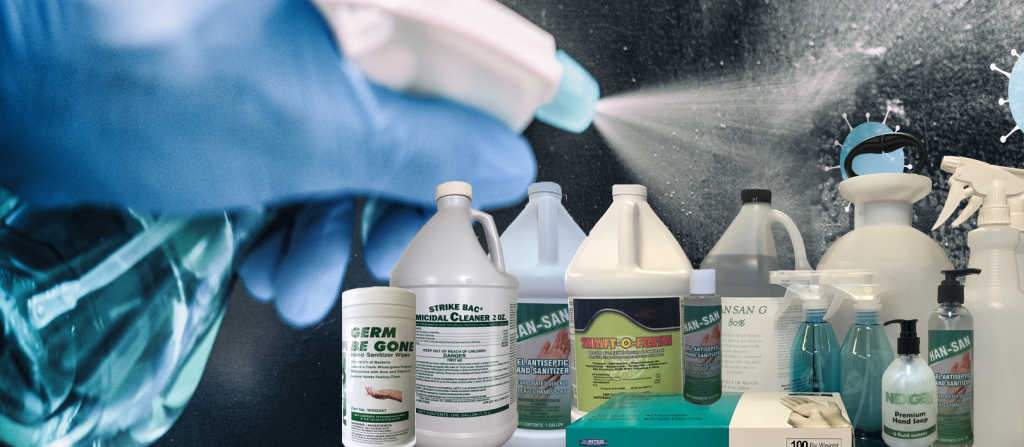Uncategorized
Cleaning Agents
Why are there so many different cleaning agents
and how do I choose the right one?
There are many types of cleaning agents to help you with the job at hand. How do you choose the right one so that the job is easier and done right the first time? By understanding the different types of cleaners and what they are designed for, facility managers and maintenance personnel can make the right choices and provide best practices for their facilities.
General Purpose Cleaners – typically contain a mixture of surfactants, which allow the cleaning solution to emulsify soils and lift away dirt, and solvents to ease the removal of oil, fat and paint. General or all-purpose cleaners tend to be pH neutral or weakly alkaline, which makes them safe for use on most hard surfaces. Some all-purpose cleansers contain scouring agents or abrasives that may scratch surfaces over time, leaving them dull and harder to clean.
Acids – remove inorganic deposits like hard water scaling, mineral deposits or soap scum. Their high pH makes these agents perfect for use in restroom cleaning. There are also acid replacement products that perform like an acid but are generally safer to use.
Alkalines – contain strong bases and can dissolve fats, grease, oils and protein-based soils. These are appropriate in kitchens and industrial applications where greasy soils are prevalent.
Green Products – refers to cleaning products with environmentally friendly ingredients that are designed to preserve health and environmental quality. They avoid the use of toxic chemicals and are biodegradable. Citrus solvent, hydrogen peroxide, soaps and alcohol are some of the cleaning agents used in green products.
Diluting industrial cleaning chemicals properly also plays a large role in proper use of the product. Too much water added can render the product ineffective or cause it to take longer to do the job. On the other hand, too much chemical can damage surfaces, leave residues and be costly in wasted product. Follow label guidelines for proper dilution rates and make any needed adjustments in small increments.

